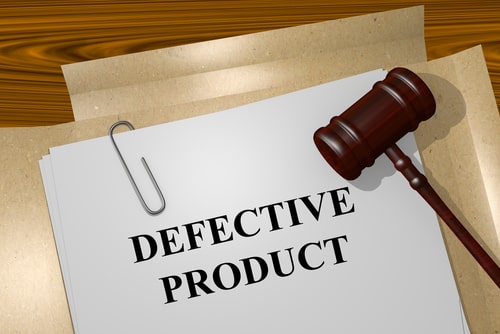In the United States, consumers are protected from dangerous and defective products by a combination of governmental agencies, legal frameworks, industry standards, consumer advocacy organizations, and public awareness initiatives. This multi-faceted approach is designed to identify, address, and prevent hazards associated with consumer goods, ensuring the safety and well-being of the American public.
At the forefront of consumer protection from dangerous and defective products is the Consumer Product Safety Commission (CPSC), a federal agency established in 1972. The CPSC’s primary mission is to protect the public against unreasonable risks of injury or death associated with consumer products. The commission achieves this goal through various activities, including:
Regulation and Oversight: The CPSC develops safety standards for consumer products and enforces compliance with these standards through inspections, investigations, and regulatory actions. The agency has jurisdiction over thousands of products, including toys, household appliances, electronics, sports equipment, and furniture.
Product Recalls
When a product is found to pose a safety hazard, the CPSC has the authority to order recalls and require corrective actions by manufacturers, distributors, or retailers. Recalls are issued to remove unsafe products from the market and alert consumers to potential risks.
Public Education
The CPSC conducts outreach and education campaigns to raise awareness about product safety issues and provide consumers with information on how to identify, report, and address safety concerns. The agency’s website and social media channels serve as valuable resources for consumers seeking information about product recalls, safety tips, and consumer rights.
Data Collection and Research
The CPSC collects and analyzes data on product-related injuries and fatalities to identify emerging hazards, trends, and patterns. This information informs regulatory decisions, risk assessments, and consumer protection initiatives.
Other Federal Agencies
In addition to the CPSC, other federal agencies also play roles in protecting consumers from specific types of products or hazards. For example:
Food and Drug Administration (FDA)
The FDA regulates the safety of food, drugs, cosmetics, medical devices, and tobacco products. The agency establishes standards, conducts inspections, and takes enforcement actions to ensure the safety and efficacy of consumer products within its jurisdiction.
National Highway Traffic Safety Administration (NHTSA)
The NHTSA oversees the safety of motor vehicles and related equipment, including tires, child car seats, and vehicle components. The agency sets safety standards, conducts investigations, and issues recalls to address defects and hazards in the automotive industry.
Environmental Protection Agency (EPA)
The EPA regulates the safety and environmental impact of pesticides, chemicals, and hazardous substances. The agency evaluates the risks associated with these products, sets limits on exposure levels, and enforces compliance with environmental laws and regulations.
Consumer Groups
Apart from governmental agencies, consumer advocacy organizations play vital roles in safeguarding consumers’ interests and raising awareness about product safety issues. Groups such as Consumer Reports, Public Citizen, and the Consumer Federation of America conduct research, advocate for stronger regulations, and provide resources to empower consumers to make informed decisions and protect themselves from harm.
Legal System
The legal system in the United States provides a mechanism for consumers to seek redress in cases of injury or damages caused by dangerous or defective products. Product liability laws hold manufacturers, distributors, and retailers accountable for injuries resulting from the design, manufacturing, or marketing of unsafe products. Through civil lawsuits, consumers can pursue compensation for medical expenses, lost wages, pain and suffering, and other damages caused by product-related injuries.
Industry standards organizations, such as ASTM International and Underwriters Laboratories (UL), also contribute to consumer protection by developing voluntary consensus standards for product safety and performance. These standards serve as benchmarks for manufacturers, providing guidelines for designing, testing, and certifying products to meet minimum safety requirements and quality standards.
Call Shapiro, Washburn & Sharp for a Free Case Evaluation
If you have been injured because of a defective or dangerous product, contact our office to speak with a skilled Virginia personal injury attorney to determine if you have a potential claim against the manufacturer. With the assistance of an experienced, aggressive, and proven attorney, the negligent manufacturer will be held responsible for the injuries and damages the faulty product caused.
Our legal team has more than 30 years of legal experience advocating for injured victims and their families and will work diligently to get you the personal injury insurance settlement or award you deserve, like the $750,000 settlement we were able to obtain for one client whose right hand was mangled so badly by a defective tool that doctors eventually had to amputate his thumb.
For your convenience, we have offices in Virginia Beach, Norfolk, Hampton, Portsmouth, and Chesapeake.
RELATED CONTENT
- Five Potential Grounds for Filing Vehicle Product Liability Cases
- A Virginia Personal Injury Lawyer Explains the Basics of a Product Liability Lawsuit
